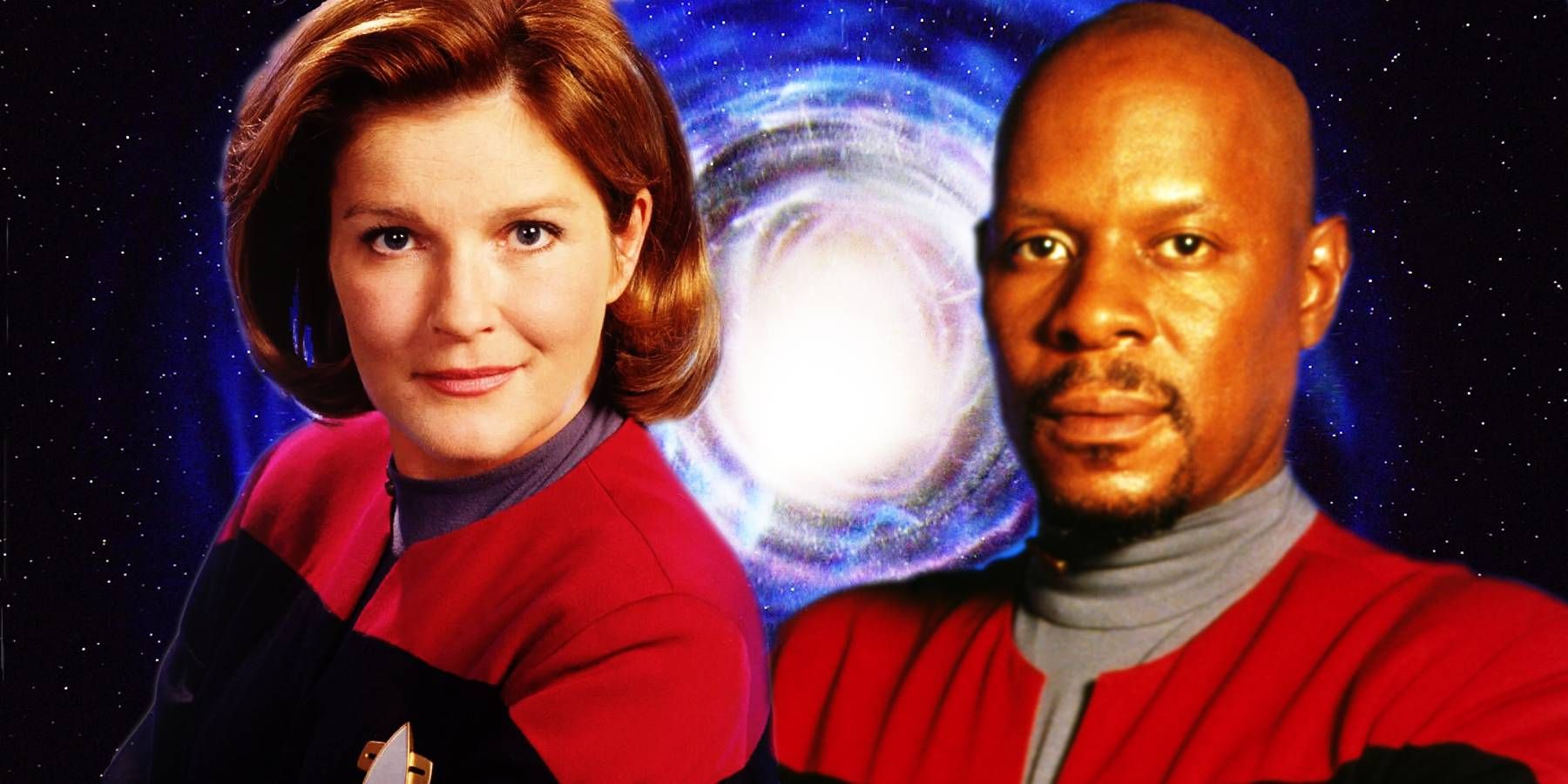Deep Space Nine season 2 did something brand-new for the Star Trek franchise – a three-part story – fully establishing DS9 as a game-changing show.

Summary
- Star Trek: Deep Space Nine season 2 broke the mold by fully committing to serialized storytelling, setting the stage for future franchise entries.
- The three-part opener of DS9 season 2 introduced a game-changing political thriller that showcased the show’s ability to tell long-form stories.
- The serialization of DS9 allowed for deeper exploration of complex themes and character-driven narratives that traditional episodic Star Trek shows couldn’t achieve.
Star Trek: Deep Space Nine season 2 began with a three-part story, which was a game changer for the future of Star Trek. Serialization was always at the heart of DS9, as it sought to differentiate itself from Star Trek: The Next Generation. This was a controversial approach for Paramount, who had previously outlawed any serialization on TNG, due to syndication agreements with local networks. As syndicated shows were often screened out of sequence, it would be impossible for viewers to follow anything longer than a Star Trek two-parter.
Star Trek: Deep Space Nine season 2 bucked this trend by fully committing to serialized storytelling with a three-part opener. The brainchild of DS9 producer Michael Piller, season 2’s epic political thriller was a forerunner to Star Trek: DS9‘s Dominion War arc. Having successfully proved that DS9 was capable of telling long-form stories with its three-part opener, season 2 began seeding the existence of the Dominion, building toward the big reveal in season 2’s finale, “The Jem’Hadar.” DS9‘s new approach to storytelling in Star Trek completely changed the game for future franchise entries.

“Anti-Serialization” Was Voyager’s Weakness Compared To DS9, Says Star Trek: Discovery Creator
Star Trek: Voyager could have hit its stride much earlier if it had embraced the serialized storytelling of its predecessor, Deep Space Nine.
DS9 Season 2 Opened With Star Trek’s First Ever Three Parter
Star Trek: Deep Space season 1 had already broken a Star Trek: The Next Generation season finale tradition with “In the Hands of the Prophets” by not ending on a cliffhanger. DS9 season 2 continued to break TNG traditions by opening with Star Trek‘s first ever three-part story. This was a conscious decision by Michael Piller, who had also instructed the DS9 writers room to break away from trying to replicate TNG. The so-called Circle trilogy that tackled themes like religious fundamentalism and people’s need for heroes was reflective of the types of character-led stories that DS9 would excel at.
It’s ironic that Star Trek: Deep Space Nine‘s three-part game changer had its roots in an unmade Star Trek: The Next Generation episode. Jeri Taylor had previously pitched the story of a Bajoran freedom fighter being rescued by Ensign Ro Laren (Michelle Forbes) for TNG season 6. Instead, the core idea was developed into what would become the first chapter of DS9‘s political thriller about the future of Bajor. It’s a perfect example of how Star Trek: Deep Space Nine‘s serialization was better equipped to tell stories that the episodic TNG could only scratch the surface of.
DS9’s Three-Part Opener Was a Game Changer for Star Trek
Star Trek: Voyager avoided replicating Star Trek: Deep Space Nine‘s serialization, and so Star Trek: Enterprise season 4’s Arik Soong trilogy was the first Star Trek three-parter since DS9‘s Circle trilogy. Enterprise was aided in this serialized storytelling thanks to its consistent time slot and support by their network, UPN. Television had also drastically changed in the time between Star Trek: Deep Space Nine and Star Trek: Enterprise. Shows like The Sopranos were blazing a trail on HBO, while network shows like The West Wing were also heavily serialized.
By the time Star Trek returned to TV screens with Star Trek: Discovery in 2017, it would have been bizarre if the show didn’t serialize the story of the Klingon War. Years later, while Star Trek: Strange New Worlds is praised for its traditional episodic approach to storytelling, the events of those episodes often have lasting consequences for the crew of the USS Enterprise. Star Trek: Deep Space Nine‘s serialization blazed a trail from day one, and while it wasn’t fully appreciated at the time, it freshened up the franchise and gave writers new ways to tell the story of Starfleet’s ongoing mission.





